According to PhoneArena , it remains to be seen whether Apple will agree to apply the OLED microlens screen on the iPhone 16 series because this technology still needs more time to test to ensure factors such as brightness at viewing angles are still sharp.
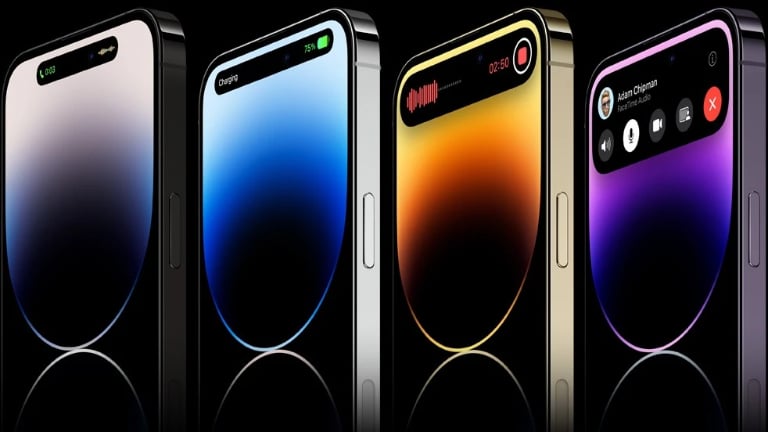
New OLED display could make iPhone 16 even more expensive
MLA displays use tiny lenses to change the path of light directly to the surface of the display panel and to the user's eyes instead of refracting it in other directions. This significantly increases the brightness of the display and uses much less battery to achieve the same brightness.
Since the iPhone display is already quite bright, with the advertised maximum brightness of 2,000 nits on the iPhone 14 Pro Max, using an MLA OLED panel on the iPhone 16 could significantly increase battery life as this is the most power-consuming component on the phone.
It's worth noting that in MLA OLED displays, light is refracted quite clearly on the screen surface, so the side glare makes it difficult to see from an angle. However, both Samsung and LG are said to have suggested to Apple ways to minimize the difference in viewing angles by using different organic light-emitting diode materials to allow enough light to pass through to the sides.
The problem is that it also means OLED prices are higher than what Apple currently pays Samsung or LG, which is why the company is considering whether to use MLA OLED displays in the iPhone 16 series. With the iPhone 15 Pro Max expected to start at $200 more, Apple will have plenty of time to gauge how willing users are to pay that kind of price.
Source link



![[Photo] Buddha's Birthday 2025: Honoring the message of love, wisdom, and tolerance](https://vphoto.vietnam.vn/thumb/1200x675/vietnam/resource/IMAGE/2025/5/12/8cd2a70beb264374b41fc5d36add6c3d)
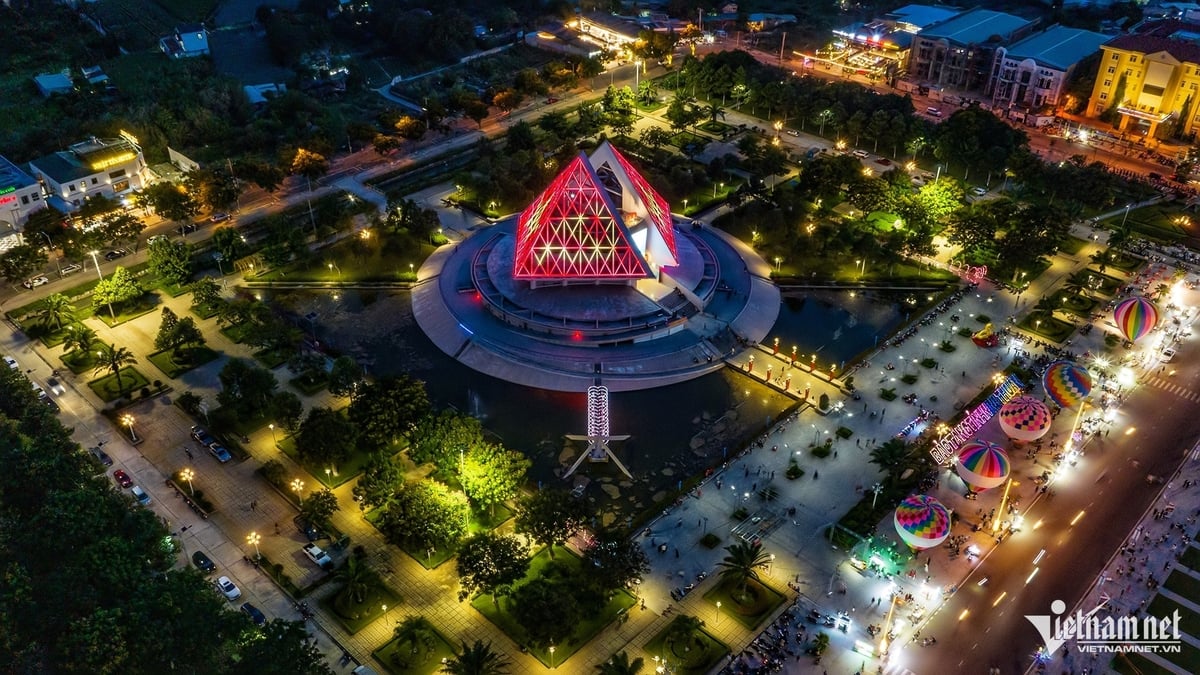
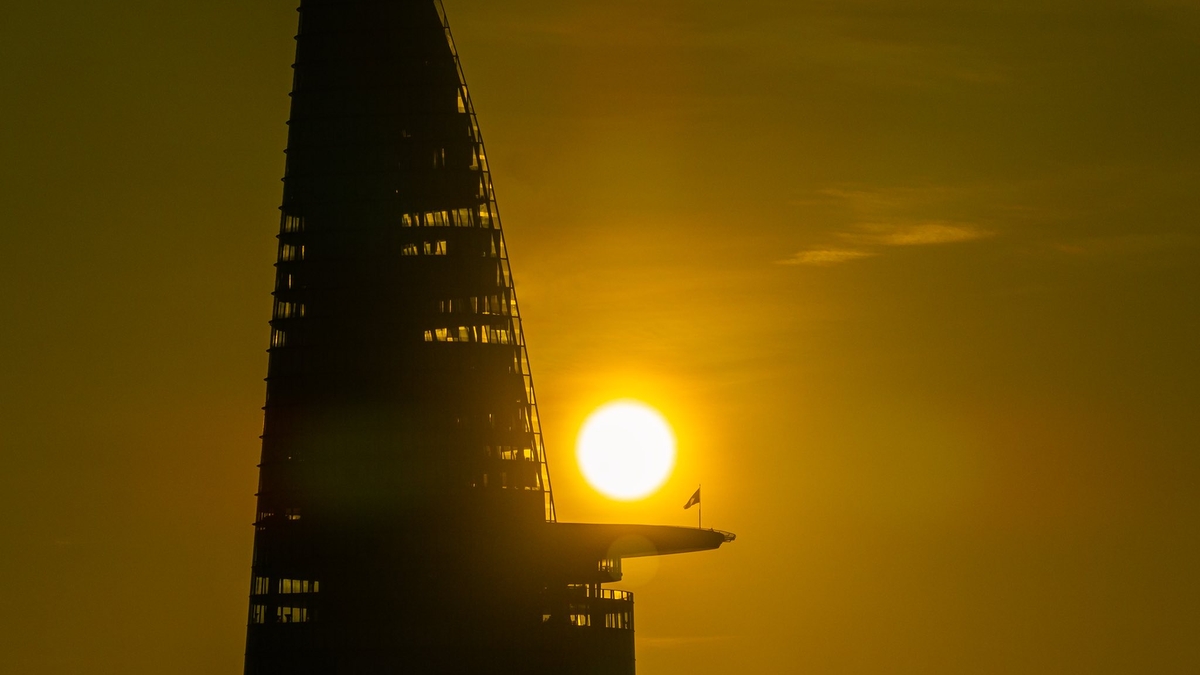


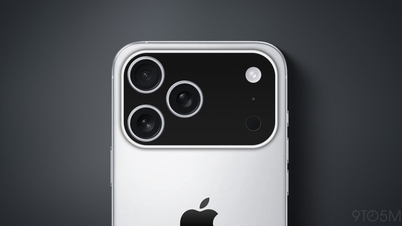




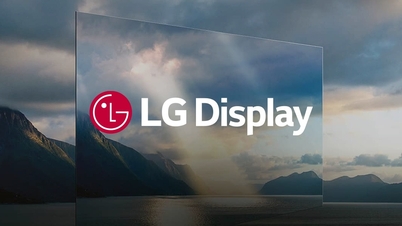




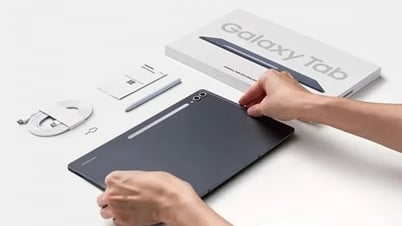













![[Photo] General Secretary To Lam arrives in Minsk, begins state visit to Belarus](https://vphoto.vietnam.vn/thumb/1200x675/vietnam/resource/IMAGE/2025/5/11/76602f587468437f8b5b7104495f444d)
![[Photo] General Secretary To Lam meets and expresses gratitude to Vietnam's Belarusian friends](https://vphoto.vietnam.vn/thumb/1200x675/vietnam/resource/IMAGE/2025/5/11/c515ee2054c54a87aa8a7cb520f2fa6e)






























































Comment (0)